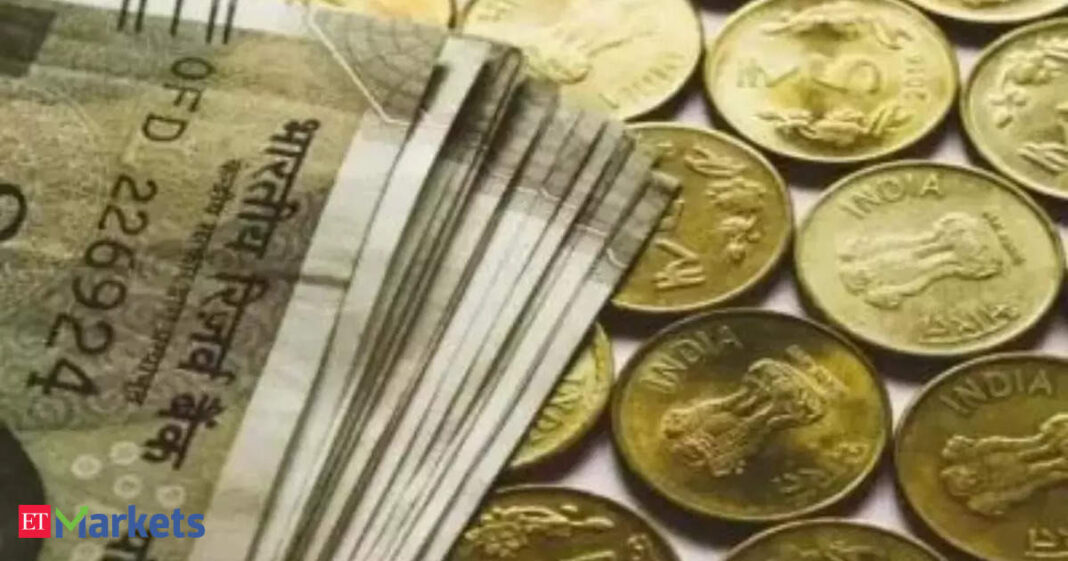The rupee ended at 86.8225 per U.S. dollar, up 0.1% compared to 86.8975 in the previous session. However, for the week, the rupee rose 0.7%, the most since mid-July 2023.
The domestic unit has been under pressure amid India’s sluggish economic growth, a recent interest rate cut by the Reserve Bank of India (RBI), foreign outflows from local stocks and concerns of a global trade war following U.S. President Donald Trump‘s tariff plans.
On Monday, the rupee slipped to an all-time low of 87.95 against the dollar, but the fall was limited as the RBI intervened by selling dollars in the spot market. The central bank is also believed to have stepped in on Tuesday.
DBS Bank expects that the RBI sold $10 billion, while Goldman Sachs’ estimate is close to $11 billion. The quantum surprised the market as the central bank’s involvement had reduced since the appointment of Sanjay Malhotra as governor in mid-December.
“The RBI’s firm and calculated measures, are expected to cushion volatility and provide the rupee with a firmer footing,” said Amit Pabari, managing director at FX advisory firm CR Forex. The rupee is expected to trade within the 86.60-87.20 range in the near term, he said. While the near-term forward rose this week, far forwards dropped, thanks to buy/sell swaps by the RBI.
Meanwhile, Asian currencies were mostly higher on the day on relief that Trump’s reciprocal tariff plan will not be implemented immediately.
The dollar index dropped 0.8% to its lowest level in more than two weeks on Friday. U.S. Treasury yields dropped and Wall Street rallied overnight.




